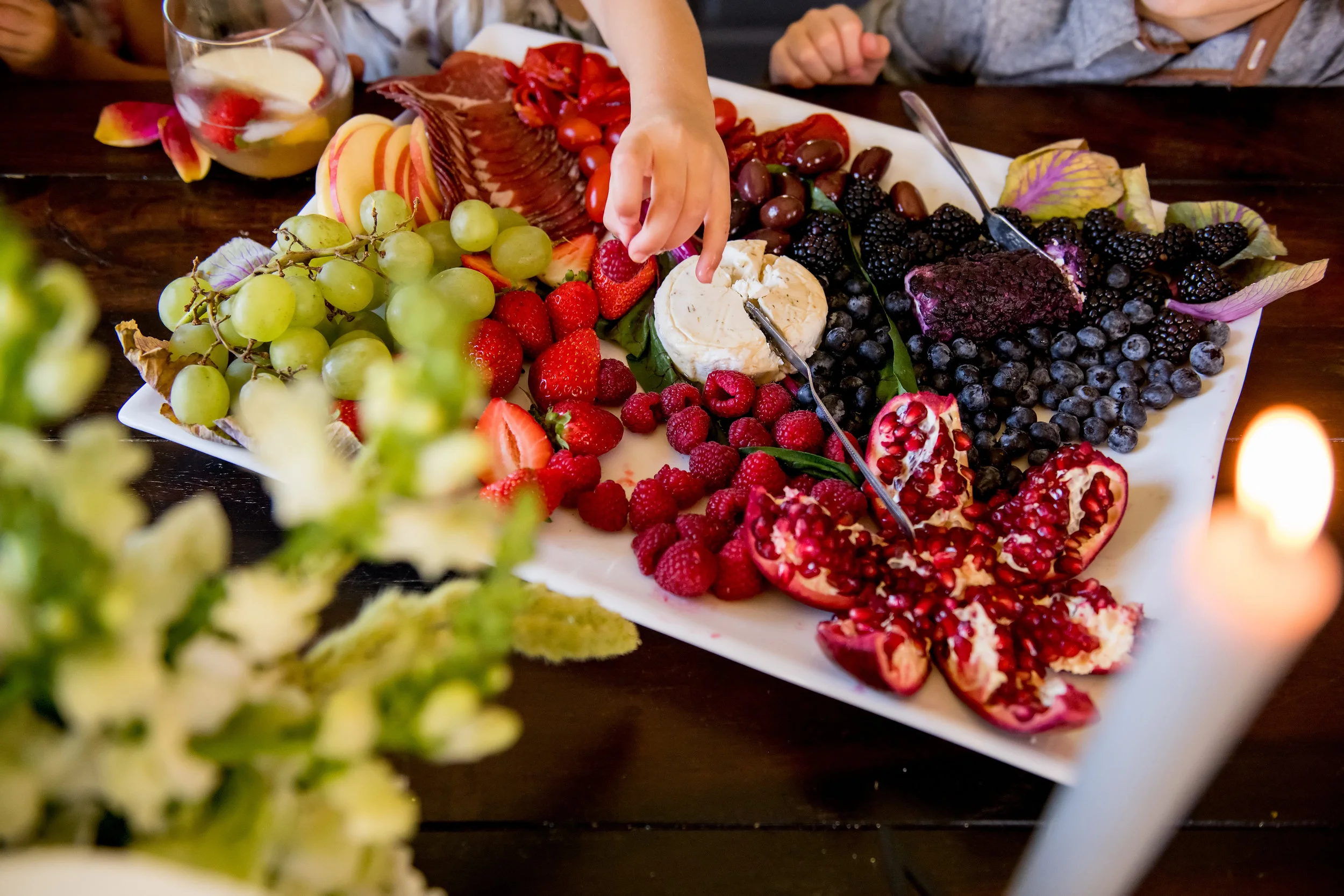Chicken Heart to Heart

The full title of this post is "Chicken Heart to Heart: Learning to Love The Offal Parts." I toyed with calling it "Chicken Heart of Darkness" or "Eat Your Chicken Heart Out," but the "learning to love the offal parts" part really fits. You may remember from the "Meat Cutes" post that 5 years ago my kitchen and I were both meat-free. For vegan, animal-loving reasons. For healthy, sanitary reasons. And, in all honesty, for rigid, fearful reasons. I was willing to do whatever I thought it took to avoid health issues, suffering, and premature death, and I made meat the scapegoat.
The problem was, I had difficulty sustaining vegetarianism, and later veganism. Sure, I could stick to an only plant-based diet for long stretches, for a few years in a row even. But after a while, I’d end up feeling rundown and hungry for more. Not to mention I’d have mean cravings for animal proteins like BBQ chicken and miso glazed salmon. Did I lack the commitment or the resolve necessary to remain meat-free? If I loved animals so much, why the heck was I craving their flesh? The question I should have been asking myself is “Why is it easier for me to judge myself harshly rather than trust my body and my cravings?”
Reading Michael Pollan’s books In Defense of Food and Food Rules helped me to reevaluate my beliefs about meat. Here’s quote from Michael Pollen’s (2011) Food Rules:
“Populations eating a remarkably wide range of traditional diets generally don’t suffer from these chronic diseases. These diets run the gamut from ones very high in fat (the Inuit in Greenland subsist largely on seal blubber) to ones high in carbohydrate (Central American Indians subsist largely on maize and beans) to ones very high in protein (Masai tribesmen in Africa subsist chiefly on cattle blood, meat and milk), to cite three rather extreme examples. But much the same holds true for mixed traditional diets. What this suggest is that there is no single ideal human diet but that the human omnivore is adapted to a wide range of different foods and a variety of different diets. Except, that is, for one: the relatively new (in evolutionary terms) Western diet that most of us are now eating.” (p. 8-9)
As I thought about the differences between traditional diets and the modern Western diet, I began to consider that perhaps all meat wasn’t bad, especially the meat from wild or pasture-raised, well-nourished animals. I started to think about what my grandparents and my great grandparents used to eat. I tried to imagine the traditional diets of my ancestors: Chinese, Hawaiians, Africans, Native Americans. I also began to acknowledge the shadow side of our modern industrial, processed food system. Yes, it has provided us with cheap and convenient access to calories, but it has also compromised the nourishing value of our food, and our heath, in the process.
Two more touchstones that influenced my move to more conscious omnivorism are Paul Chek’s book How to Eat, Move, and Be Healthy and this Creative Mornings PDX talk by Camas Davis. Both helped me to better contextualize my relationship with meat.
Nowadays my focus has shifted from abstaining from meat to doing my best to avoid processed foods (vegan and gluten-free ones included), eating as local, organic and as high quality as possible, and cooking things from scratch as much as possible. Now, rather than obsessing about what foods to avoid, I try to pay close attention to what foods make me feel healthy, vibrant, energized and satisfied. I’ve come to understand the value in eating more than just the plump and juicy breasts and thighs. Turns out there’s more nourishment to be had from the organs, the bones, and all the other not-so-sexy parts. Just as I am learning to accept and love all the aspects of myself, I’m learning to love even the offal parts, too. That’s where these chicken hearts come in.
I’m lucky to have a foodie fiancé who is also committed to a healthy lifestyle. He picked up these pasture-raised chicken hearts along with some pasture-raised chicken livers. High quality organ meat can be a great bang-for-your-nutritional-buck and it's more affordable than the popular cuts of meat. As I soaked the chicken livers (I'll save those for a later post) in buttermilk (to reduce the pungency of their liver-ish flavor), I cooked up the chicken hearts with some spring onions.
I find chicken hearts, while a skosh intimidating for the flashbacks they can conjure of middle school biology class, much, much more approachable. When cooked, they have a milder flavor and familiar texture similar to cooked hotdogs.
Ingredients
1 lb chicken hearts
4 spring onion bulbs
1/4 cup chicken broth
2 Tbsp organic sunflower oil
kosher salt
freshly ground pepper
Note: Recipe makes enough for 2-4 servings, depending on who's eating
Play-by-Play
Thinly slice the spring onion bulbs. Cut each chicken heart into 3-4 pieces, cross-sections from top to bottom. Season the hearts with two generous pinches of kosher salt and a few turns of ground black pepper. In a skillet on medium heat, heat 1 Tbsp of sunflower oil. Add the onions when the skillet and oil are hot. Cook the onions for 3-4 minutes. Remove the onions from the skillet and set them aside. Using the same skillet, add the remaining 1 Tbsp of sunflower oil and heat on med-high heat. When the oil and skillet are hot, add the chicken heart pieces. Stir and cook for 2 min on high before adding the chicken broth and turning the heat down and cooking for 3-4 minutes on medium heat. Add the onions back to the pan and cook for another 2 min on medium heat. If your hearts still look a little pink, cook them for a little longer before plating and serving. You can slice up some of the green portion of the spring onions to garnish.














